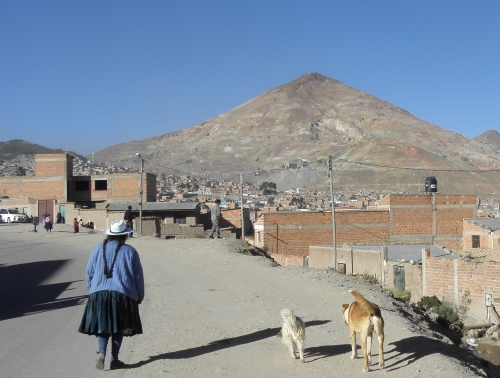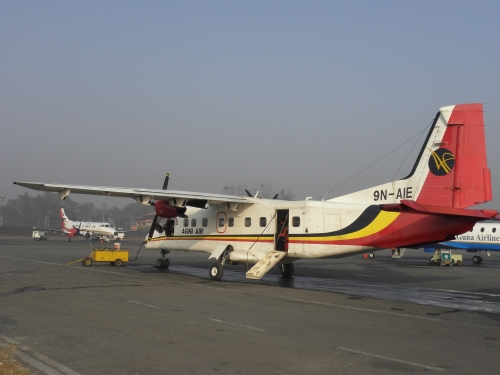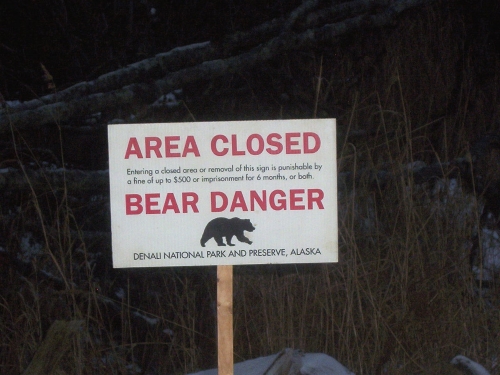Blog Connections
Why people die at WHS
With the visitor numbers of sites all over the world rising and the recent selfie-craze leading to irresponsible acts, the number of fatal accidents at WHS increases as well. Just in the last few weeks “A man fell off the edge of the Grand Canyon, the third visitor death in eight days” and another “Tourist died of hypothermia after falling into Lake McDonald, Glacier Park”.
We have a connection Fatal accidents or 'disasters' about these unfortunate events. It includes sites:
- where there have been "disasters" causing significant numbers of human deaths from a single incident, or
- where repeated "tourism related" deaths have totalled a significant number
Loosely ordered by overall number of fatalities, here are the main reasons why people die at WHS:
Mining Disasters (1350+)
Perhaps surprisingly, mining is the biggest killer of them all. We already had 2 serious mining disasters in this connection: at Le Bois du Cazier (Mining Sites of Wallonia) the last major mining disaster in European history cost 262 lives. 50 years earlier, the Courrières disaster (Nord-Pas de Calais) resulted in almost 1,100 deaths.
Potosí’s Cerro Rico is a still active mining WHS: according to the latest reports that I could find there were 19 and 20 deaths from mining accidents in 2009 and 2010 respectively. These all of course included workers and no tourists.

Climbing Accidents (400+)
Among tourists / travellers / explorers, climbing accidents are the biggest life-takers. More than 296 people have died trying to climb Mount Everest. Mt Kilimanjaro takes about 10 lives a year and even the less popular Kangchenjunga has seen over 50 deaths since 1905.
And it's not only the climbing, the fatigue & the falling: avalanches and earthquakes in the climbing areas also contribute. The 2015 Sabah earthquake claimed 18 fatalities on Mount Kinabalu for example.
Terrorist Attacks (300+)
Terrorist Attacks are part of a separate connection, but they have made hundreds of victims. One event that in particular stands out is the attack on Queen Hatshepsut's tomb in Ancient Thebes, in November 1997. 62 people died, mostly tourists.
Plane Crashes (150+)
I would have guessed that plane crashes would be higher up the list, as they often have large numbers of fatalities. Planes often fall down close to an airport or near a mountain however, WHS core zones are relatively free of major crashes. Smaller accidents have appeared in Te Wahipounamu, at the Nasca Lines and even several times at the Everglades.

Human Stampedes (150+)
Wikipedia even has a List of Human Stampedes. It features an event in Valletta from 1823: about 110 children died in a stampede while attempting to leave the Convent of the Minori Osservanti during the Carnival celebrations. We already had discovered 2 more of these freak accidents which wiki has not listed: at least 26 people were crushed to death in a deadly stampede in the famous Djinguereber mosque in the city of Timbuktu (2010) and at the Qutb Minar a stampede of schoolgirls inside the tower when the power inside the tower failed lead to 20 deaths (1979).
Attacks by wild animals (35+)
People dying after an attack by a wild animal in a WH designated area seems to happen very rarely. Among the safari destinations Mana Pools stands out in a negative way: I found incidents with lions and with an elephant at Mana Pools. No direct link with the park's policy to allow walking safaris seems to exist. Last year, 2 people were killed by a hippo at Lake Navaisha. All these are not ‘significant’ enough to warrant a connection however.
More dangerous to human life are bears. Glacier NP reports 9 fatal bear attacks since the 1960s. Jasper NP has 3. Since Yellowstone was established in 1872, 8 people have been killed by bears in that park. To put this in perspective though: more people in Yellowstone have died from drowning, burns (after falling into hot springs), and suicide than have been killed by bears.
The real killer animal though is the tiger: both at Chitwan and the Sundarbans, significant numbers of people have been killed by this big cat. In 1988, 65 deaths were reported during a fourmonth period at the Bangladeshi part of the Sundarbans. It's unclear whether they occurred inside the core zone or also at the buffer zone, but the significant numbers can be explained due to the high population density around these parks.

Boat accidents (25+)
15 people died after a sightseeing boat sank in Lake Ohrid (2009) and at Ha Long Bay 12 tourists were killed on a boat that sunk in February 2011. These are the only 2 WHS that I found with significant boating accidents that took a human toll.
Els - 21 April 2019
Comments
Els Slots 21 April 2019
Thanks for the updates, I have added them to the connection. I started researching and updating the topic after looking into deaths by wild animals.
Watkinstravel 21 April 2019
Another to add to the mining disasters would be Sewell WHS in Chile. Site of one of the largest metallic mining disasters in history in 1945 when 355 miners died.
Jay T 21 April 2019
Rather morbid, but timely, topic, since I had just come to the site after watching the film “Hotel Mumbai” to see if there was any mention of the terrorism event of 2008 at Chhatrapati Shivaji Terminus. I’d forgotten how many casualties were at the railway station (58 dead and 104 injured).
The air disaster section reminds me of an event largely forgotten by Americans: the 1956 Grand Canyon mid-air collision, which killed 128 people after two planes had changed altitude unbeknownst to each other. The planes crashed into the canyon (near Chuar Butte and a Temple Butte). This disaster led to Congressional hearings and the creation of the Federal Aviation Agency (now Administration), which has oversight of US airspace. I learned about this crash through a rather grim but fascinating book a co-worker has recommended called “Over the Edge: Death in Grand Canyon”, which, like this post, details the myriad ways visitors to Grand Canyon have died. There is also a companion book called “Off the Wall: Death in Yosemite” that I haven’t read.